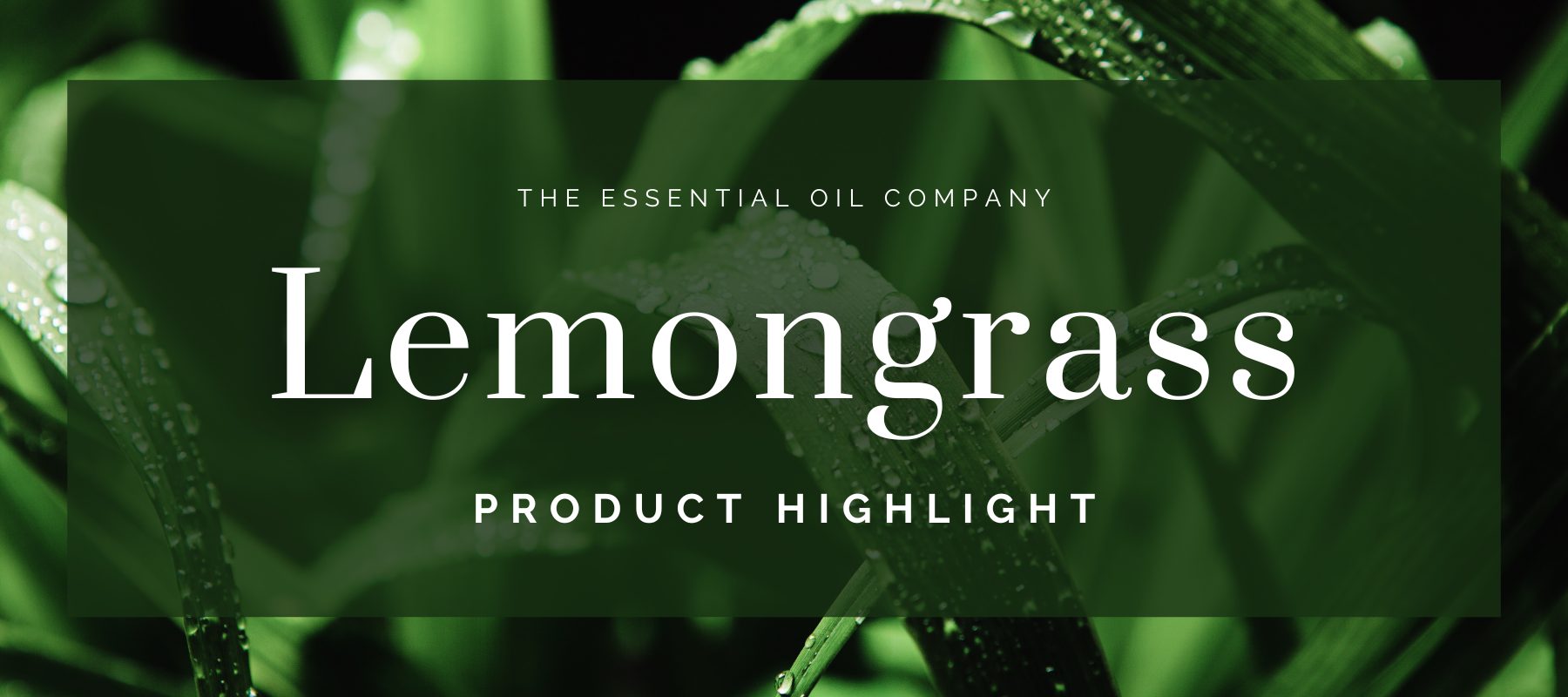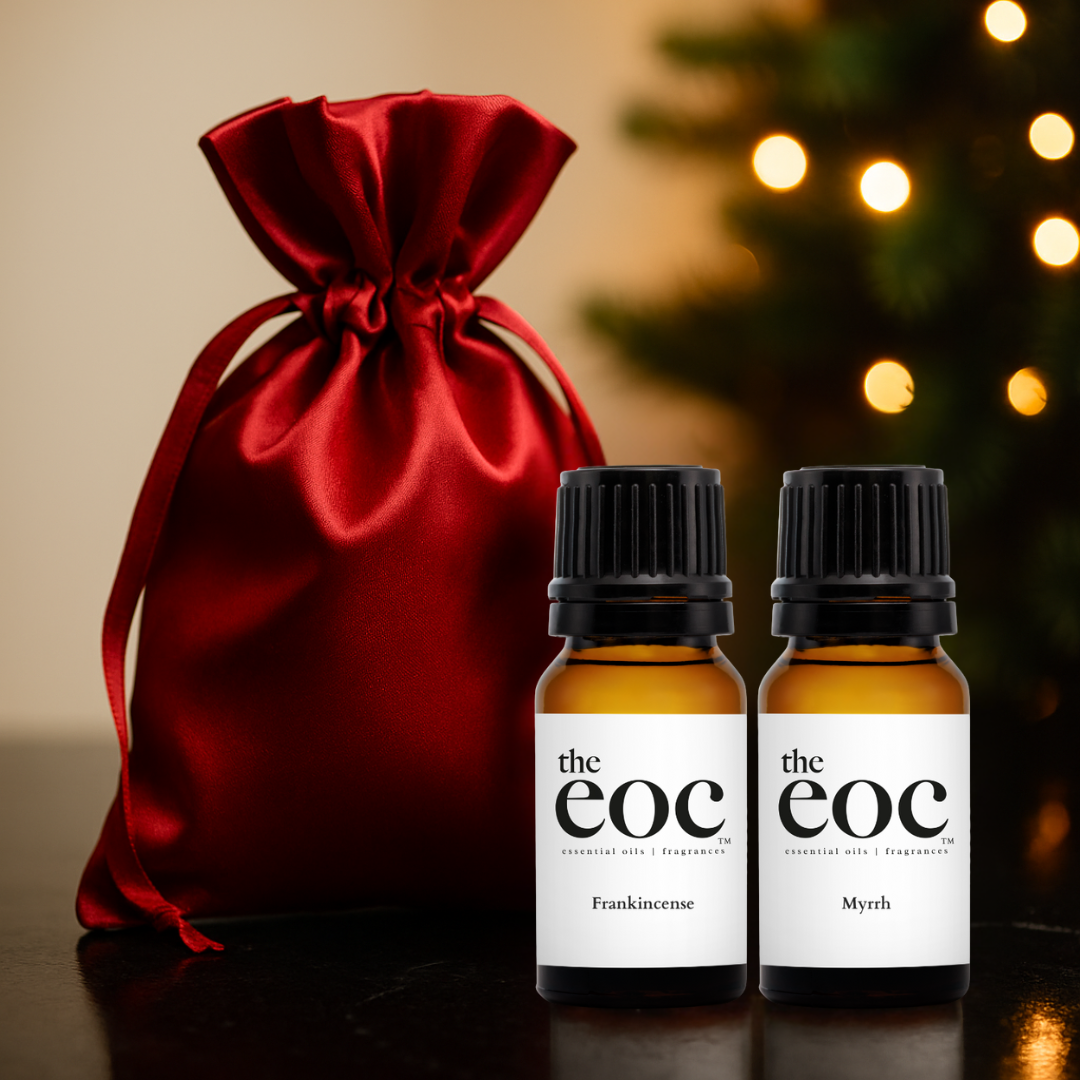Plant Details
Lemongrass, or Cymbopogon flexuosus, is one of the multiple varieties of grasses in the Poaceae family. It has fibrous stalks that extend into long, slender leaves that are bright green to grayish-green in color. Lemongrass grows in dense bunches and typically reaches two to three feet in height but can grow up to six feet. It is native to tropical areas in Africa, Asia, the Pacific Islands, and Australia and thrives in warm and moist climates. Lemongrass grows best in full sun in well-draining soil that maintains a temperature around 70 to 75 degrees Fahrenheit as too much water retention in the soil will lead to lower oil content.
History
Lemongrass as well as lemongrass essential oil have been used traditionally for culinary and medicinal purposes for many years in the regions of Africa, Asia, and Oceania where it is native. In several Asian countries, including India, China, and Thailand, it has been used as a flavoring agent in many culinary preparations for its unique and pleasing flavor as well as its ability to promote better digestion. Some cultures refer to Lemongrass as “fever grass” due to its ability to reduce fever and inflammation. It has been historically used in eastern India and Sri Lanka to make soups, and curries, as well as a local drink called “fever tea.” This drink was used to help reduce fevers but was also helpful for soothing stomach aches and diarrhea and regulating menstruation. In 1905, a Sri Lankan researcher named J.F. Jovit acquired several Lemongrass plants in southern India and planted them at a farm to conduct research. This is when it is believed that knowledge of the therapeutic benefits of Lemongrass and its essential oil began to spread outside of its native areas. Lemongrass essential oil would eventually see commercial cultivation in Florida and Haiti in 1947. Citronella essential oil, which is closely related to Lemongrass, was displayed at the 1951 World’s Fair. This display is attributed to helping Lemongrass essential oil successfully reach the global market. Lemongrass continues to be used in Cuba and the Caribbean today to aid digestion and to lower blood pressure.
Extraction
Lemongrass that is cultivated for essential oil production can be harvested as soon as six to nine months after planting. It may then be harvested as frequently as once every six to eight weeks during the growing season. Repeated cutting during the harvest season stimulates new growth and prevents the plant from growing too large which would reduce the oil yield. Lemongrass is often harvested mechanically, using sharp tools that make a clean cut and avoid splitting of the leaves. The best quality of oil is located in the higher parts of the leaves so cutting too low must be avoided to ensure the most oil is retained. Lemongrass is harvested in the morning and ideally dried within 24 hours to ensure retention of the plant's green color and optimal oil quality. Lemongrass essential oil is extracted through steam distillation of the dried grass. The resulting oil is thin in viscosity and ranges from pale yellow to yellow. Lemongrass essential oil has a sweet, fresh, and lemony aroma.

Benefits and Uses
Lemongrass essential oil has many aromatherapeutic benefits that we can access when diffusing in addition to its fresh and deodorizing scent. It works to soothe headaches and relieve tension while promoting an overall sense of calm in the body and mind. Lemongrass is known to relieve stress, reduce nervousness and uplift negative moods, helping to prevent the onset of anxiety and depression. In contrast to its calming and soothing qualities, Lemongrass essential oil can also boost energy and help maintain alertness for a refreshed and focused feeling.
When used topically, Lemongrass essential oil offers a wide range of benefits for the skin, muscles, and overall body health. Lemongrass oil contains analgesic properties that can help to ease joint pain and muscle soreness, especially that which is caused by exercise or overexertion. Lemongrass also has anti-inflammatory properties that help the oil to reduce fevers and ease inflammation that may be caused by infection or injury. These properties can also work to soothe spasms in the digestive tract and help alleviate stomach aches and abdominal pain. Lemongrass oil can increase perspiration, helping to detoxify the body by encouraging the purging of toxins through sweating. Its antiseptic and anti-inflammatory properties also make Lemongrass beneficial for the skin. Lemongrass oil purifies and tones the skin by cleansing the pores and helping to strengthen skin tissue. It is also beneficial for relieving redness and irritation for a healthy, glowing complexion. Lemongrass essential oil can prevent harmful bacteria from growing on the skin, preventing infection in wounds. Lemongrass can also be useful for natural hair care. It works to relieve itchiness and irritation caused by dry scalp while also preventing hair loss. Lemongrass oil also helps to strengthen hair and boost hair growth for longer, stronger, and fuller hair.
Lemongrass essential oil is also commonly used with honeybees. It is useful in the treatment of mites and disease in beehives as well as acting as a nutritional supplement to improve the overall health of bees and hives. Lemongrass oil can mimic the attractant pheromone of honeybees making it effective for beekeepers to use in lure traps for capturing wild or displaced bee swarms.
Here are some recipes using Lemongrass essential oil that we love…

"Blissfully Calm" Diffuser Blend
Ingredients
- 3 drops Lemongrass Essential Oil
- 3 drops Lavender Essential Oil
- 2 drops Lemon Essential Oil
- 2 drops Peppermint Essential Oil
Instructions
Add water to your diffuser up to the fill line. Add drops of the essential oil blend. This diffuser blend recipe is formulated for a 200ml ultrasonic diffuser. Adjust the amount according to size and directions of your diffuser.

"Summer Breeze" Deodorizing Room Spray
Ingredients
- 4oz Amber Glass Bottle with Spray Top
- 2oz Witch Hazel Extract
- 2oz Distilled Water
- 20 drops Lemongrass Essential Oil
- 20 drops Grapefruit Essential Oil
- 20 drops Eucalyptus Essential Oil
Instructions
Add essential oils and witch hazel to a 4oz glass bottle. Fill the rest of the bottle up with distilled water. Attach the spray top and shake until all the ingredients are well combined. Store in a dark, cool location out of reach from children and pets. Shake well before each use.

Purifying Toner
Ingredients
- 2oz Amber Glass Bottle with Dropper Top
- 2oz Witch Hazel Extract
- 8 drops Lemongrass Essential Oil
- 4 drops Tea Tree Essential Oil
Instructions
Combine essential oils and witch hazel extract in a 2oz glass amber bottle. Shake well to combine. After cleansing, soak a cotton round with the toner and then gently rub it over the face, neck, and shoulders.

After Workout Muscle Rub
Ingredients
- 4oz Amber Glass Bottle
- 2oz Fractionated Coconut Oil
- 1oz Sweet Almond Oil
- 0.5 oz Jojoba Oil
- 25 drops Lemongrass Essential Oil
- 20 drops Peppermint Essential Oil
- 15 drops Ginger Essential Oil
Instructions
Add all ingredients to a 4 ounce amber glass bottle and shake vigorously to combine. Pour a small amount into your hands and massage into sore muscles.

Helping Healer Spray
Ingredients
- 4oz Amber Glass Bottle with spray top
- 3oz Witch Hazel Extract
- 1oz Aloe Vera Oil
- 30 drops Lemongrass Essential Oil
- 20 drops Lavender Essential Oil
- 10 drops Tea Tree Essential Oil
Instructions
Add all the ingredients to the bottle and shake well to combine. Spray on minor cuts and scrapes to ease pain and facilitate quick healing.






